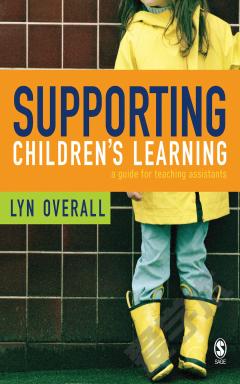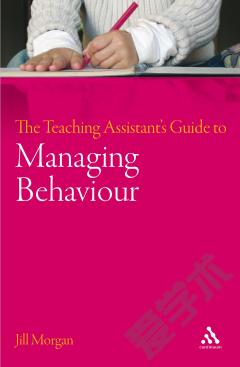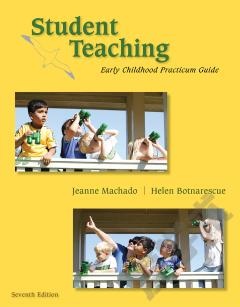Supporting Children's Learning —— A Guide for Teaching Assistants
----- 儿童学习辅导:助教指南
How to Use This Book 1 - LEARNING AND DEVELOPMENT Theory, What's That? The Big Themes f003 Values and Beliefs Nativism Versus Empiricism? Continuous or Discontinuous? Stability or Change? How is Theory Developed? How is Theory Used? Summary Further Reading 2 - THE BRAIN AND LEARNING What Is The Brain? What Does The Brain Do? Learning and the Brain Brain Connections, Birth to One Year Does The Brain Learn Some Things More Easily At Some Points? Does The Brain Development Need A Rich And Varied Setting? Summary Further Reading 3 - THE SENSES AND LEARNING Sensation and Perception Studying Perception Seeing Hearing Kinaesthesia Making Sense Visual Learning, Auditory Learning, Kinaesthetic Learning Summary Further Reading 4 - BIG THEORY 1: Skinner and the Behaviourists What is Behaviourism? The Behaviourists Cat in a Box Rat in a Box Learning Through Imitation Implications for Teaching 5- BIG THEORY 2: Piaget and the Constructivists What is Constructivism? The Work of Piaget How Well Does This Theory Work? Children's Social Development What is Intelligence? Information Processing Implications for Teaching 6- BIG THEORY 3: Vygotsky and Social Constructivism What is Social Constructivism? Vygotsky's Theory Implications for Teaching Summary: Theories in the Classroom 7 - MANAGING LEARNING What Is Learning? Making Choices About Managing Learning Longer Term Outcomes What We Do To Help Learning? Views about Learning 8 - MANAGING BEHAVIOUR What Do We Mean By Managing Behaviour? Views about Children and Young People The Outcomes of Control and Guidance Approaches to Discipline What Do We Do About Social and Emotional Development Do Children and Young People Understand Social Behaviour? Learning from Parents Our Expectations about Conduct Using Control Approaches Praise and Blame Do Control Approaches Work? Using the Guidance Approach
{{comment.content}}








 京公网安备 11010802027623号
京公网安备 11010802027623号